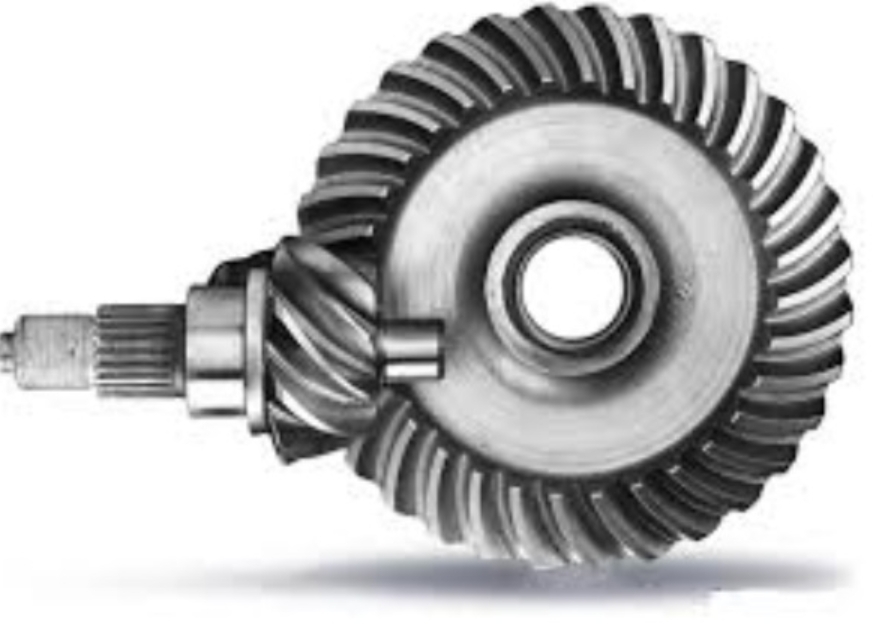Exploring the potential of hypoid gear reveals their significant impact and future possibilities in various fields. These gears are not just limited to automotive applications; their unique properties can be leveraged in numerous other areas. Let’s delve into the potential and future prospects of hypoid gear technology:

1. Advanced Automotive Applications
- Electric and Hybrid Vehicles: With the rise of electric and hybrid vehicles, the demand for efficient and compact power transmission systems increases. Hypoid gear, known for their efficiency and space-saving design, could play a pivotal role in these vehicles.
- Improved All-Wheel Drive Systems: Hypoid gear could enhance the performance of all-wheel drive systems, offering better torque distribution and handling.
2. Aerospace Industry
- Aircraft Gearboxes: In the aerospace industry, the compact design and high load capacity of hypoid gear can be beneficial for aircraft gearboxes, which require reliable and efficient power transmission in a constrained space.
- Drone Technology: They could also find applications in advanced drone technology, where compact and efficient power transmission is crucial.
3. Robotics and Automation
- Precision and Durability: Hypoid gear could significantly impact robotics, where precision, durability, and efficient power transmission are essential. Their smooth operation is advantageous for robotic joints and actuators.
- Industrial Automation: In automated machinery and industrial robots, hypoid gear can provide the needed durability and performance under high-load conditions.
4. Renewable Energy Systems
- Wind Turbines: The potential for hypoid gear in wind turbines is notable. They could be used in the gearboxes of wind turbines, offering durability and efficient power transmission, essential for converting wind energy into electrical power.
5. Marine and Offshore Applications
- Marine Propulsion Systems: The strength and compact design of hypoid gear make them suitable for marine propulsion systems, where space is limited, and high-power transmission is required.
6. Heavy Machinery and Construction
- Enhanced Load Capacity: In construction and heavy machinery, hypoid gear can handle the heavy loads and stress typical of this industry, providing a more robust and reliable solution than traditional gear systems.
7. Future Technological Advancements
- Material Science Innovations: Advances in materials science could lead to the development of stronger, more wear-resistant hypoid gear.
- 3D Printing and Manufacturing Techniques: Emerging manufacturing technologies like 3D printing could revolutionize how hypoid gear is made, allowing for more complex designs and reduced production costs.
Conclusion
The potential of hypoid gear technology extends far beyond its current applications. With advancements in manufacturing techniques, materials, and an increasing focus on efficiency and compact design, hypoid gear is well-positioned to play a significant role in the future of mechanical engineering and technology. Their adaptability and efficiency make them a versatile component in the evolution of various industries, from automotive to renewable energy and beyond.
